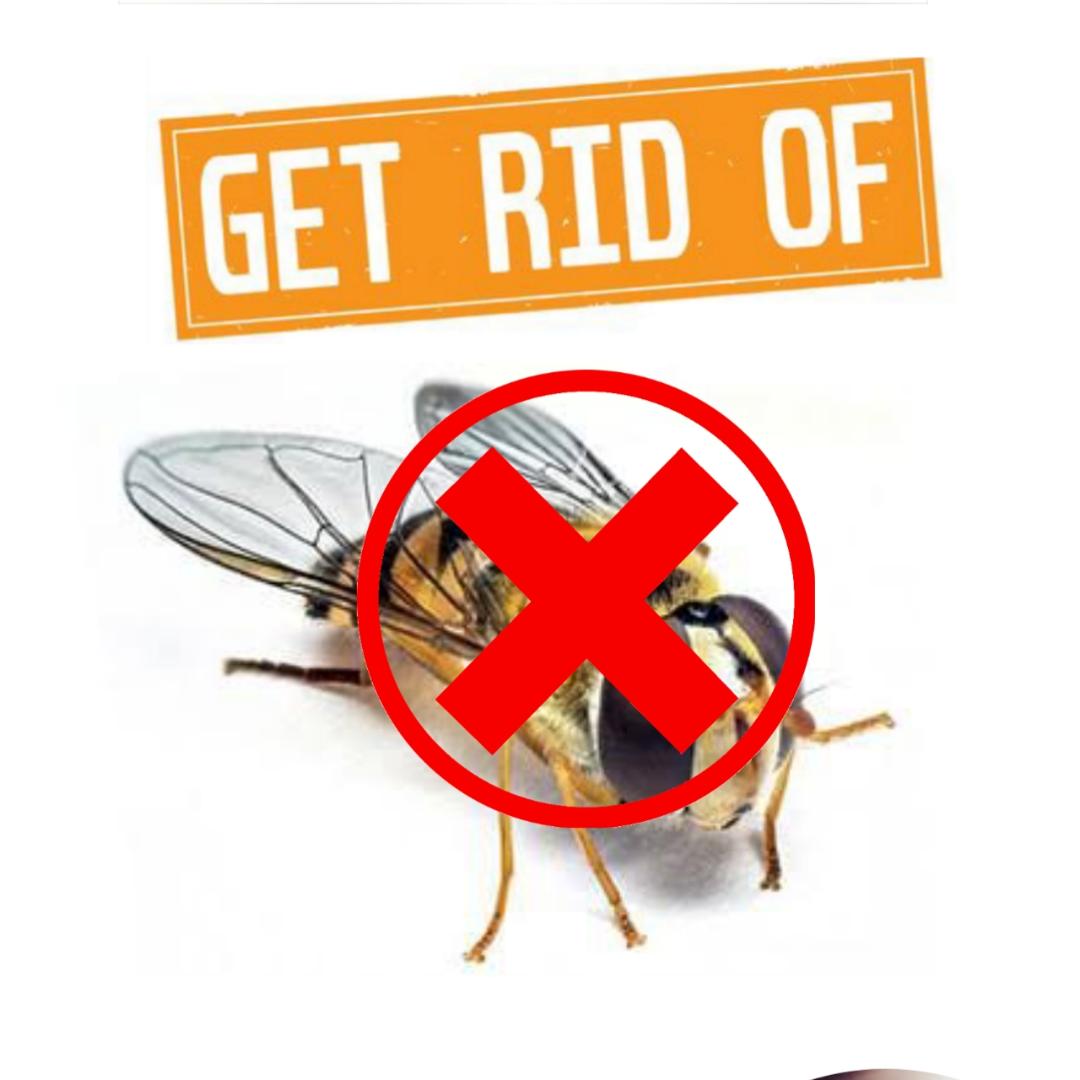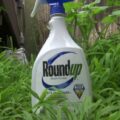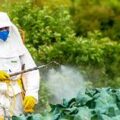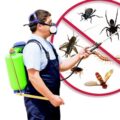Hoverflies are a group of small, fast-moving insects that resemble small wasps, but they are distinctive in their ability to hover near plants or people, examining them with their huge brown eyes. Sometimes called flower flies or syrphid flies, hoverflies sometime do land on people to lick salty sweat, but they do not sting. Hoverflies, with their yellow markings, resemble wasps or bees but do not bite or sting. They are distinguished from other flies by a false (spurious) vein that closely parallels the fourth longitudinal wing vein. The species vary from small, elongated, and slender (e.g., Baccha) to large (bumblebee size), hairy, and yellow and black (Criorhina).
Adult hoverflies feed on flower nectar and help pollinate some crops, but it is the larvae that are important predators in the garden. The tiny, nearly invisible slug-like larvae scour the undersides of plant leaves for aphids and eat them as their primary food source. They can be seen with a 10x magnifying glass.
Hoverflies that come to your garden in search of flower nectar will also look for plants that are infested with aphids, and scatter their eggs on leaves where young aphids are hatching. Hoverflies are very mobile and can undertake large-scale annual migrations. Recent studies suggest hoverflies have the potential to spread diseases throughout landscapes, or even across entire continents. In research published on 28 February 2018 in ‘Biology Letters, scientists from Royal Holloway, University of London, Oxford University, and Cornell University showed that for the first time that viruses that are harmful to honeybees are also present in hoverfly pollinators.
How To Get Rid Of Hoverflies
Hoverflies are very effective biological control agents but only appear in the crop if there are aphids for them to eat. Note, that pesticides easily kill hoverflies, and routine spray programs will destroy them completely.
Careful monitoring of the crop will help to determine whether the hoverflies are present and are controlling the aphids. If more than two hoverfly maggots are present in a colony of aphids, there is no need to do anything, as they will effectively control the aphids for you.
Pesticides are harmful to hoverflies, and they should only be used against aphids if hoverfly larvae are absent or in low numbers. If pesticides are needed, use ones that stay active on plants for only a few days. For example, use derris, pyrethrum, or synthetic pyrethroids. These are destroyed rapidly by sunlight.
Using pesticides safely depends on many things. Some of the most important factors include selecting the appropriate product and using that product according to the label directions. The label directions are written to minimize the risk of problems and to define the legal uses of the product. Pesticides can enter the body through four routes of exposure including your dermal (skin), ocular (eyes), ingestion (mouth), and inhalation (lungs).
Skin contact is the most common cause of pesticide poisoning for applicators and some pesticides enter the body through the skin quite readily. At the time of mixing, pesticides are more concentrated and the likelihood of injury is increased during this time. Some parts of the body absorb pesticides extremely fast (within a few minutes) and need extra protection. Two such areas are the head and body area between the navel and about mid-thigh. If any pesticide is spilled in this area, wash it off immediately and change clothing. It is best to avoid direct contact with pesticides by wearing the proper Personal Protective Equipment (PPE) as specified on the label of the pesticide you intend to use. Read: What Do Bed Bug Bites Look Like? (Pictured)





